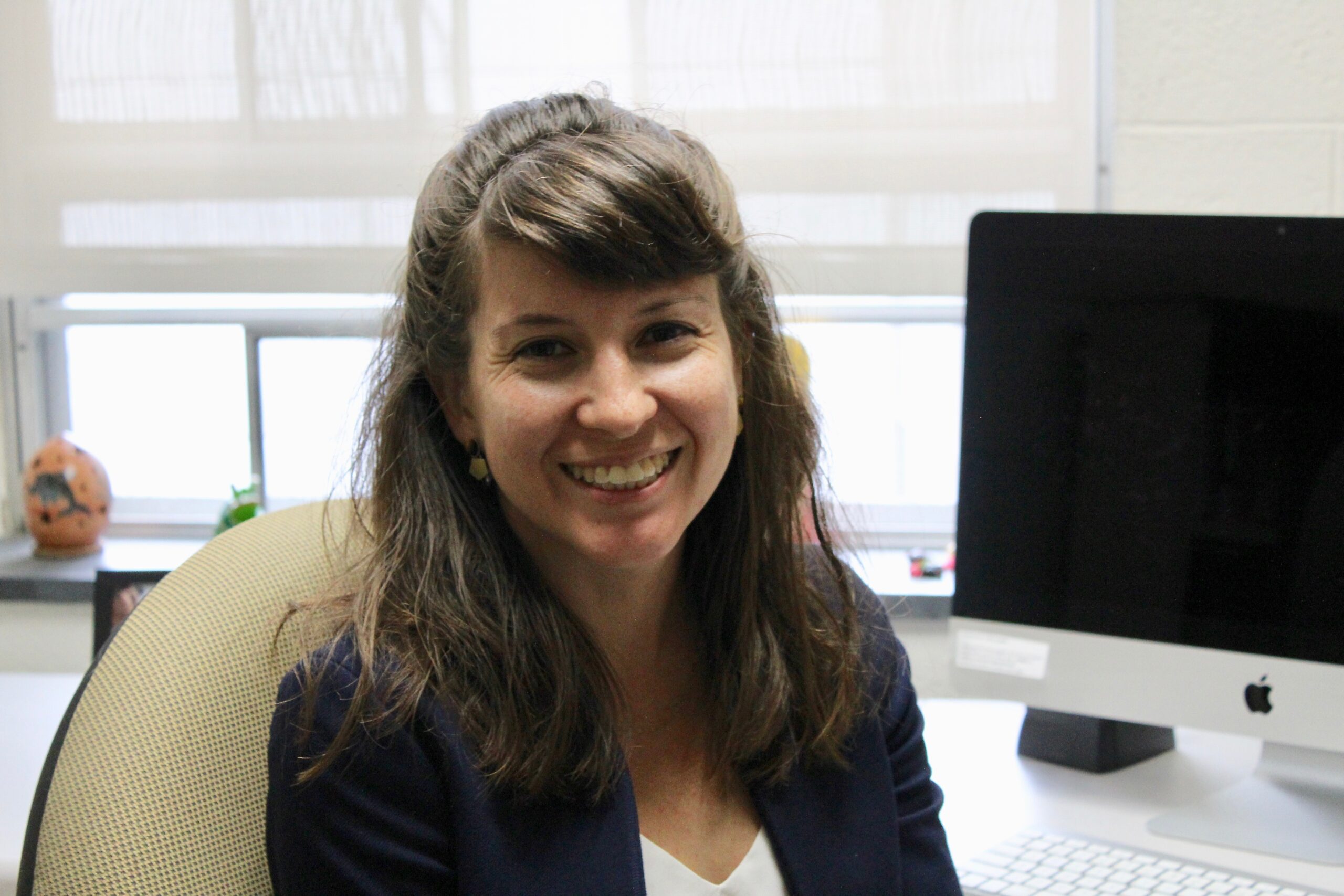In 1987, a group of Stanford students held a protest against the University’s Western Culture requirement. As they marched they chanted, “Hey hey, ho ho, Western culture’s gotta go.” Jesse Jackson happened to show up to the protest, and gave a more insightful (but far less catchy) call back: “No, we don’t want to get rid of Western Culture. We want to expand it and bring in new voices.”
The Stanford protest was a call to the beginning of the “canon wars,” a push away from the Western canon and the idea of “high literary culture.” This push arose from the new modes of criticism beginning around the 1960s, when critics began using Feminist, Marxist, New Historicist and poststructuralist theories as a framework for reading and discussing literature. Unveiling the ideologies implicit in some of the most popular, canonical works (think Hemingway, Defoe, Twain) revealed such works to have problematic aspects. Sexism in The Sun Also Rises or the glorification of slavery in Gone with the Wind have caused contemporary scholars to take these books off reading lists in exchange for other works more suitable for today’s social climate.

Traditionalists (most notably Harold Bloom and Allan Bloom) in favor of centering the curriculum on classic works of literature faced off against multiculturalists who wanted to include more works by women and members of minorities. Contemporary scholars and non-scholars alike have referred to the canon as being composed of works by “dead white guys,” selected and praised by other dead white guys, and thus constructs a notion of white male superiority through such works’ lasting legacies and continual positive appraisal.
The point of contention, here, is that by accepting the Western Canon, we are perpetuating the celebration of white, patriarchal values. This argument, however, is only sound if we view literary criticism as a platform on which we promote political agendas. Those who oppose the canon view literature primarily as a vehicle of ideology, a way of masking the painful contradictions of capitalism and patriarchy. Their criticism treats literature as a symptom, valuable only as an indirect expression of the political forces that created it.
Consequently, this perspective casts aside literature’s aesthetic value as well as the transcendent properties of literature, the aspects which connect the reader not to identity politics, but to universal truths of the human condition. It is the uniqueness in style, in writing technique, that forms the collection of words into what we consider literature. As Virginia Woolf puts it in an essay on modernity and the role of novel, “all novels…deal with character, and that it is to express character—not to preach doctrines, sing songs, or celebrate the glories of the British Empire, that form of the novel, so clumsy, verbose and undramatic, so rich, elastic and alive, has been evolved.”
It is entirely possible to expose students to complexity and nuance without reaffirming the old-school canon of dead white men or the reactionary politics that the canon was made to serve. Literature does not teach the reader what to think so much as it teaches them how to think, the processes through which one develops and articulates original ideas.
But the Western Canon is still predominantly male and white; this is true. But this is true only because for most of history, white men dominated the intellectual spheres. Now that there is greater interest and respect for female/people of color/LGBT/etc. literature, the canon will expand and adapt for these new interests.
This adaptation is inevitable, since the Western canon is a phenomenon that occurs naturally; there is no committee that compiles a list of the “best” works of literature. Instead, novels, poems and writers are absorbed into the canon organically, and can be remembered or forgotten over time depending on their popularity. Kate Chopin, for example, published The Awakening in 1899, yet it was not until the Women’s Movement of the 1960s when interest in Chopin peaked and academia took her work seriously. Similarly, if over time the masses lose interest in Charles Dickens, Oliver Twist will fade into obscurity. Since our zeitgeist is preoccupied with identity and diversity, undoubtedly the canon will extend to these reaches.
None of this is to say that only literature of the Western canon should be read. In fact, I encourage people to read far outside of the popular realm of novels, written by and about people and events of the foreign, the esoteric, the obscure. But even if we are to continue forgoing aesthetics in hopes of squeezing out a political agenda, the canon should still be desired. Because as more books are written and being talked about, the more the canon expands. The goal isn’t to dismantle the canon, but to add to it.
So read Jhumpa Lahiri, and Susan Sontag and Hanya Yanagihara, and talk about who is best, who is most effective, who resonates the most with your personal beliefs. Because if one person sees a work as praiseworthy, so do many others, and thus your favorite novel’s legacy will last a little longer. But whatever people choose to deem “important,” I sincerely hope they do not discount a different work simply because its political implications lean away from their own.
